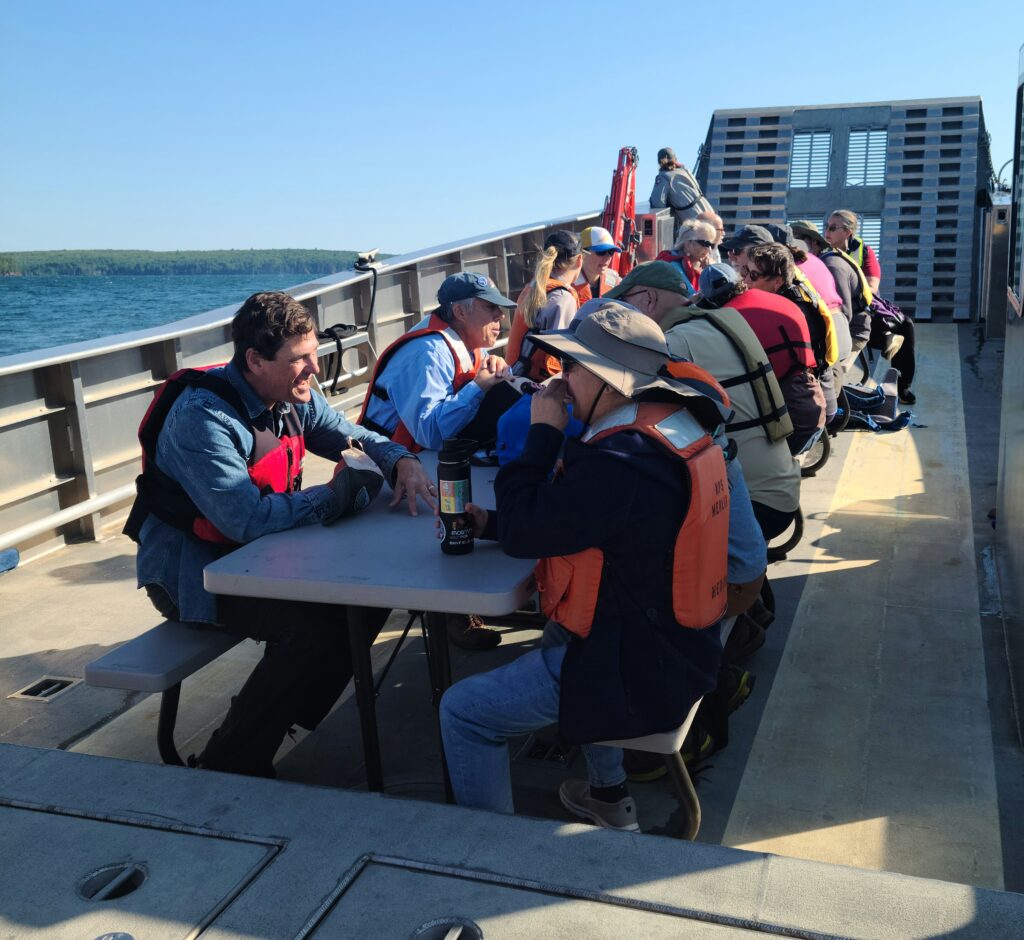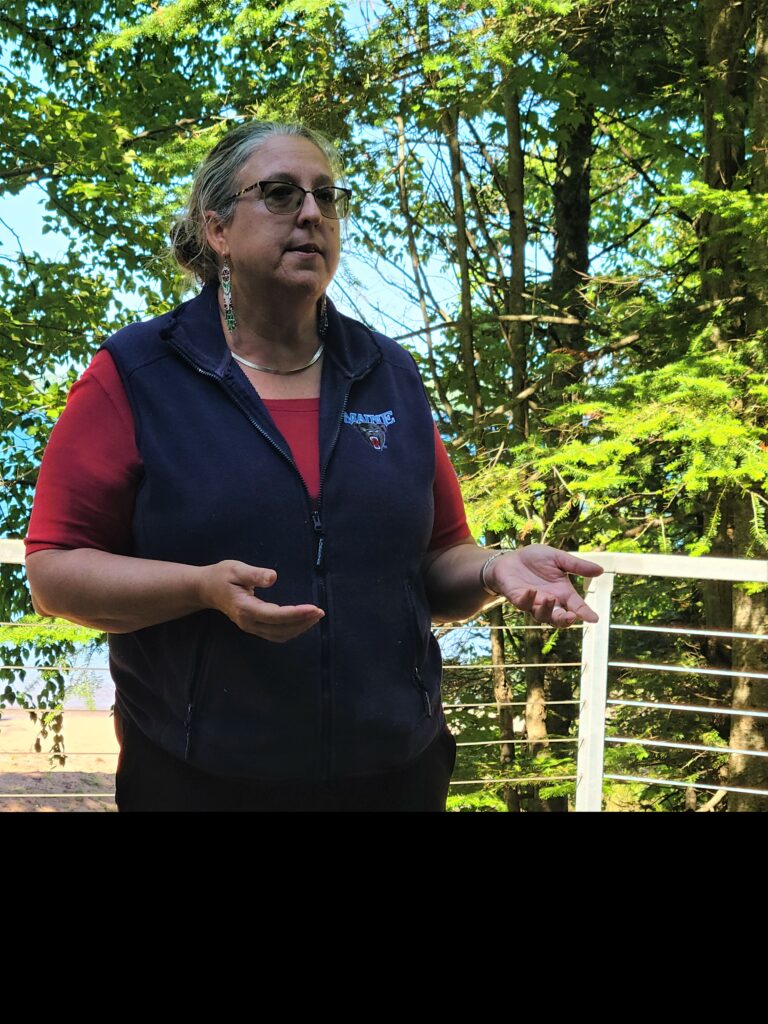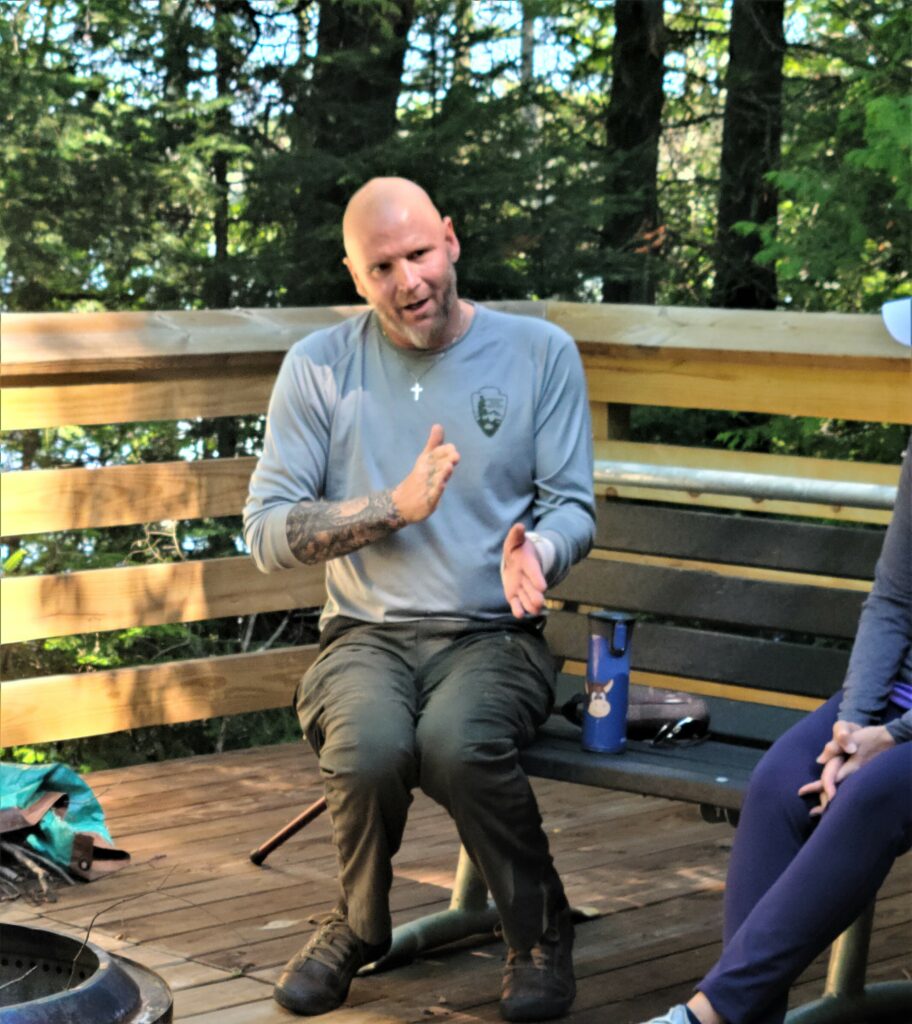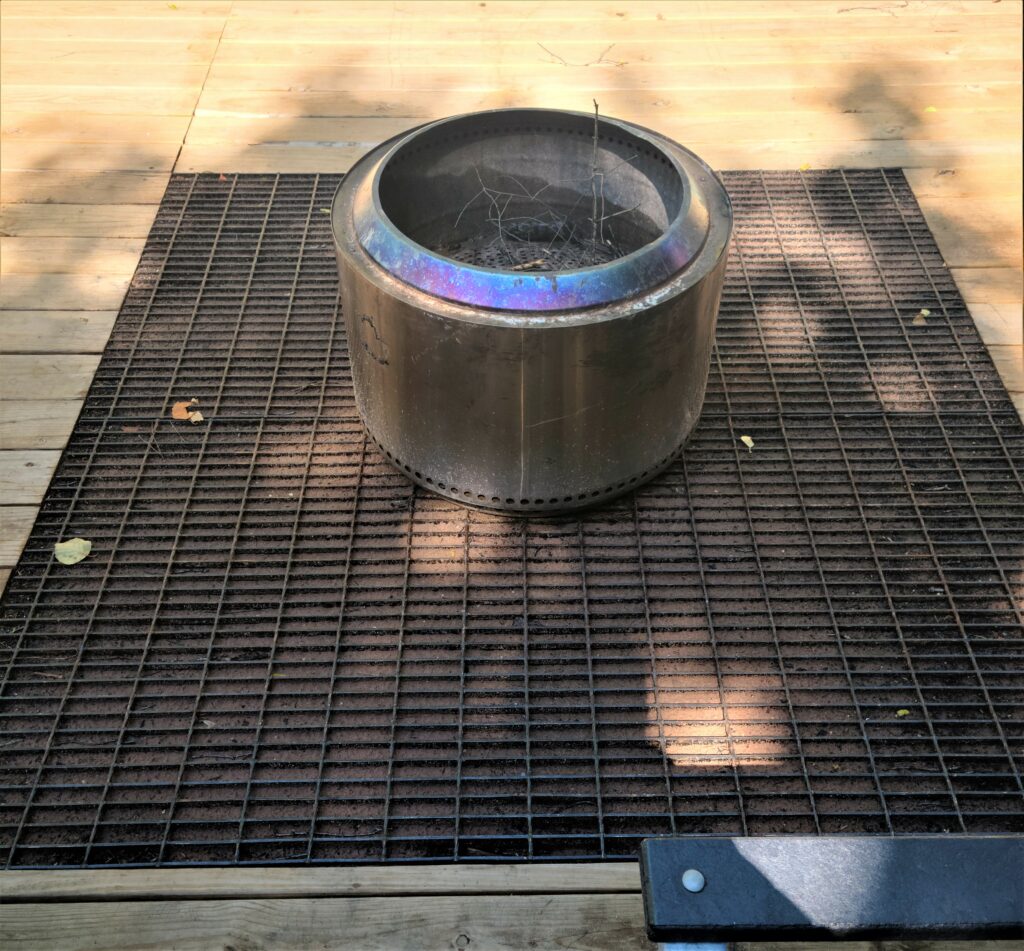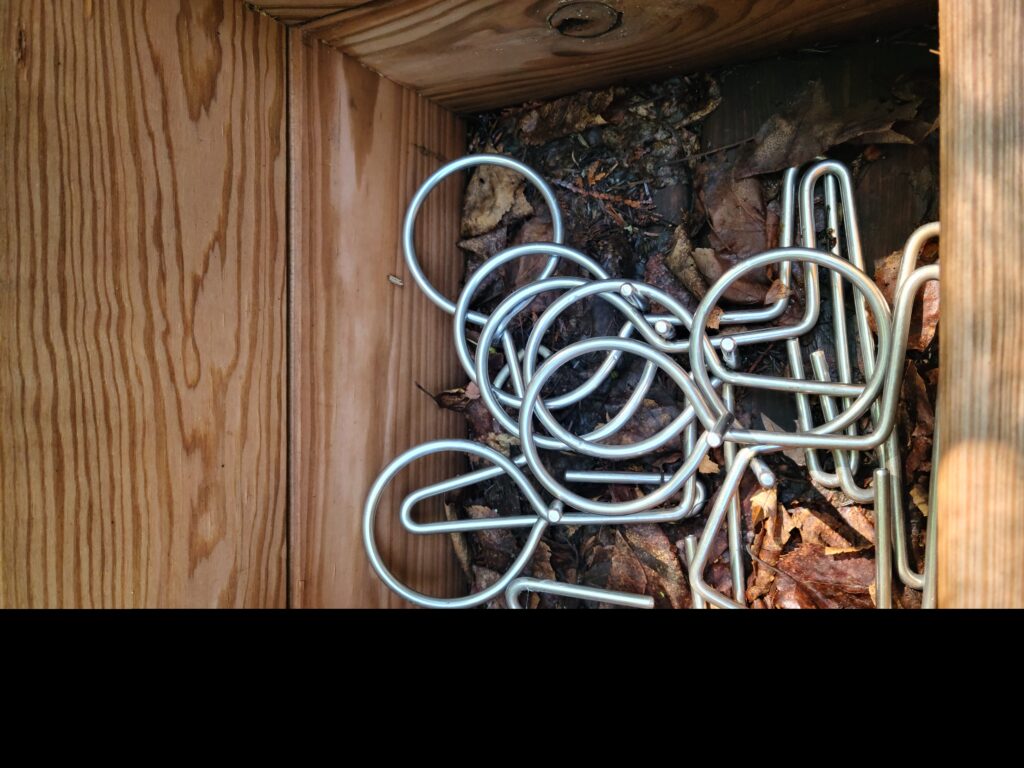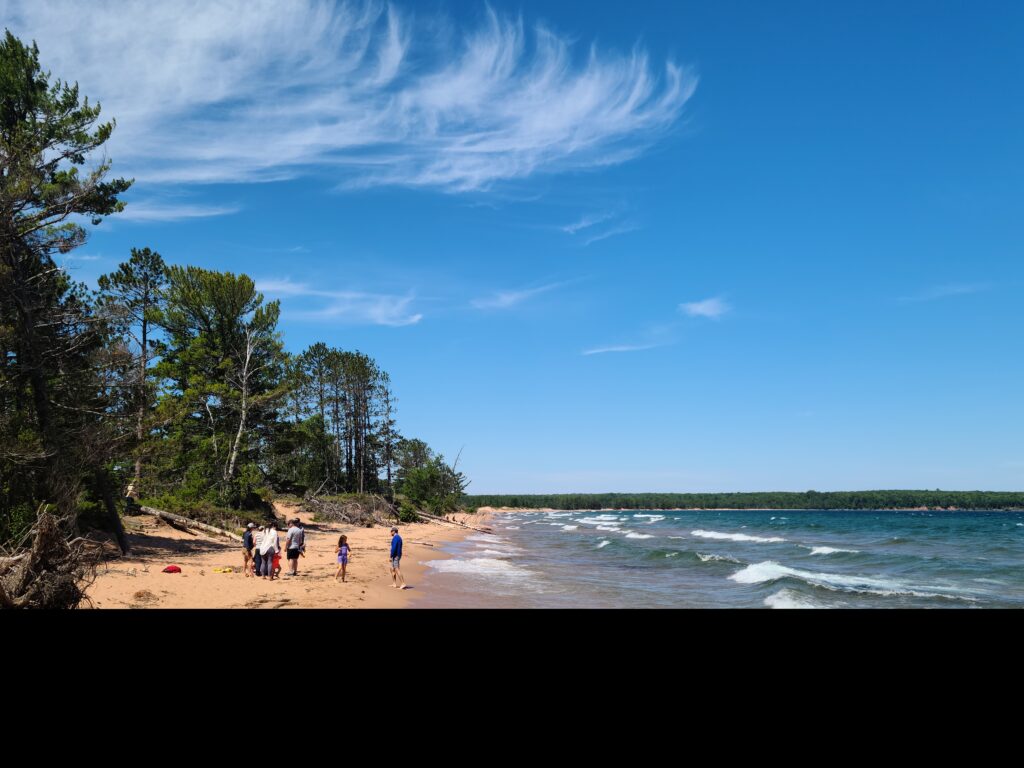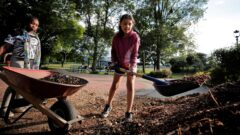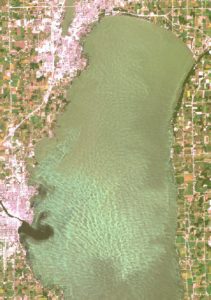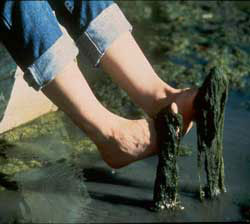New federal money is the start of an effort to make Great Lakes coasts more resilient
The Great Lakes region is getting about $2.8 million for coastal conservation, restoration of wetlands, and making the coastline more resilient to the changes caused by climate disruption. Given the length of Great Lakes coastlines, that’s not a lot of money. Read the full story by Great Lakes Now.
Great Lakes Commission
https://www.glc.org/dailynews/20230818-shoreline-resilancy

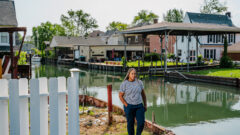
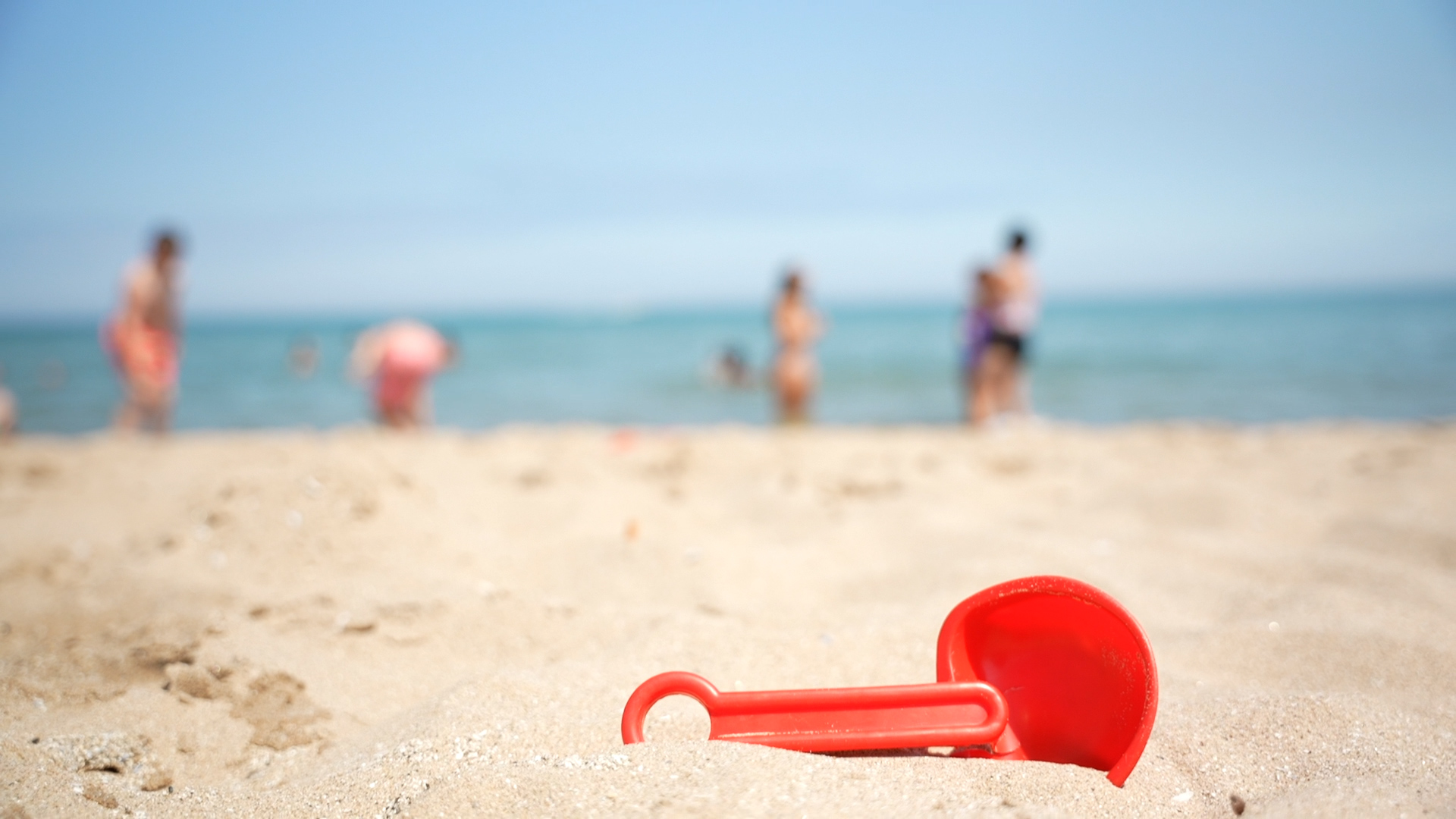
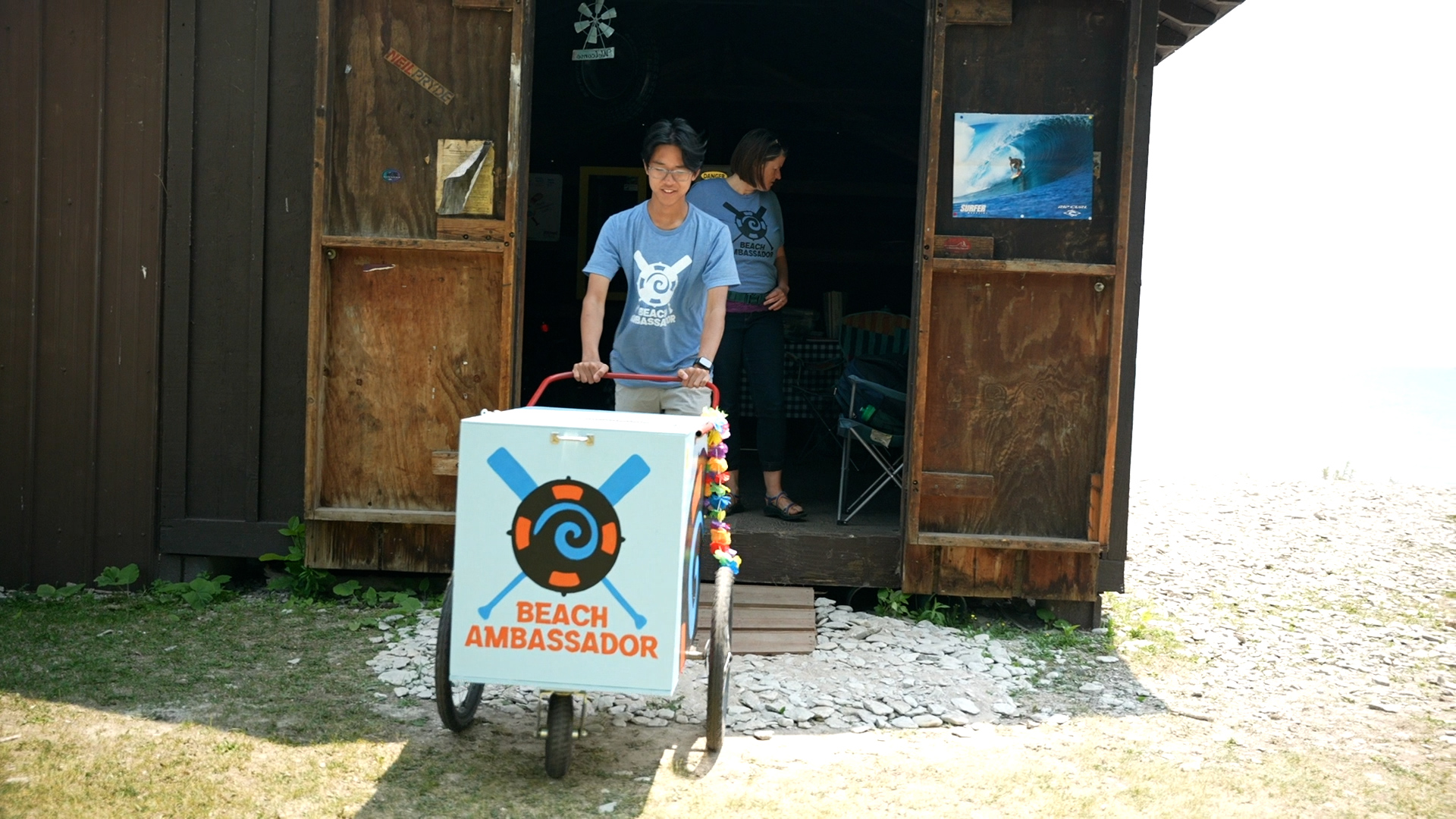
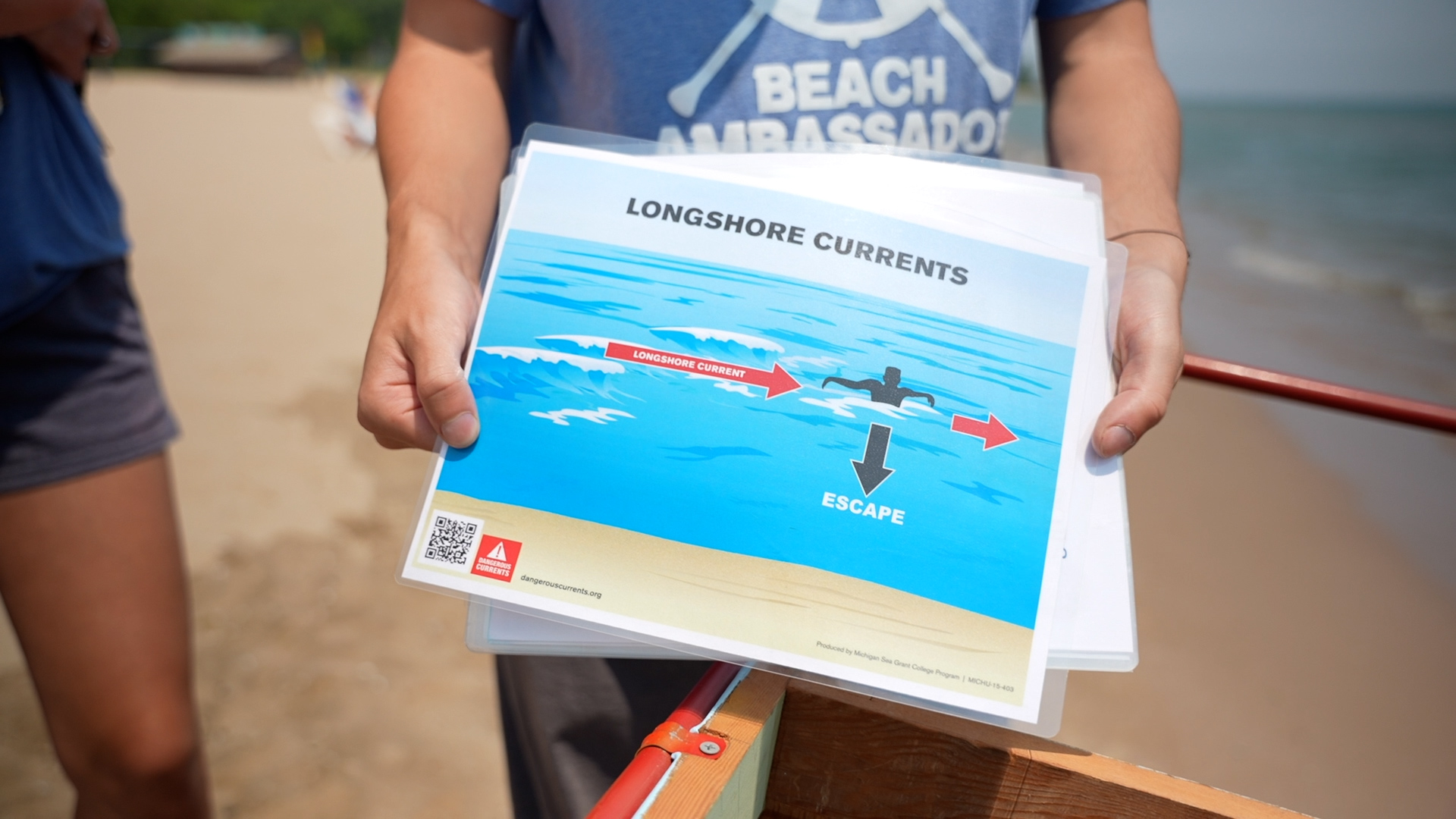
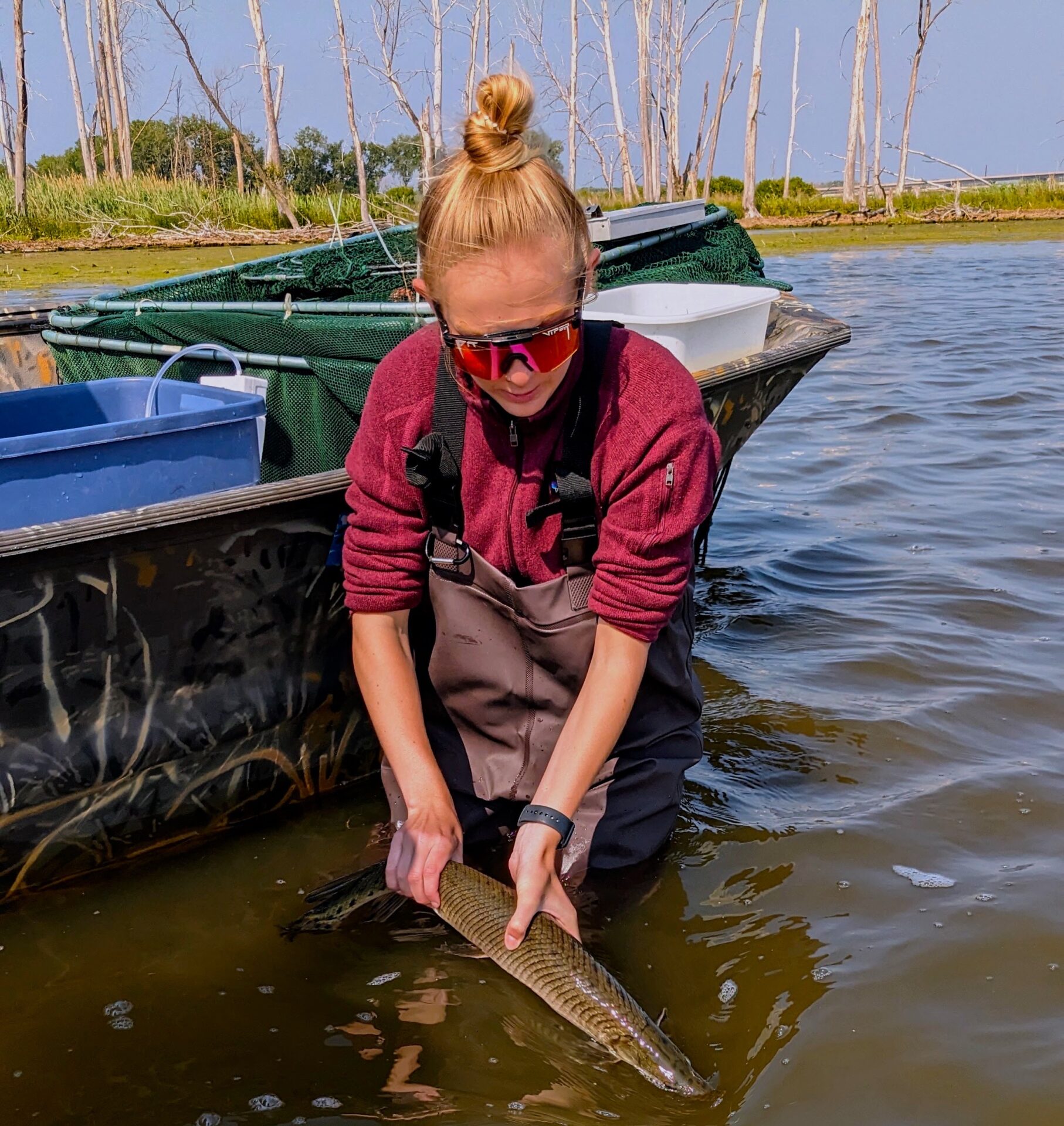
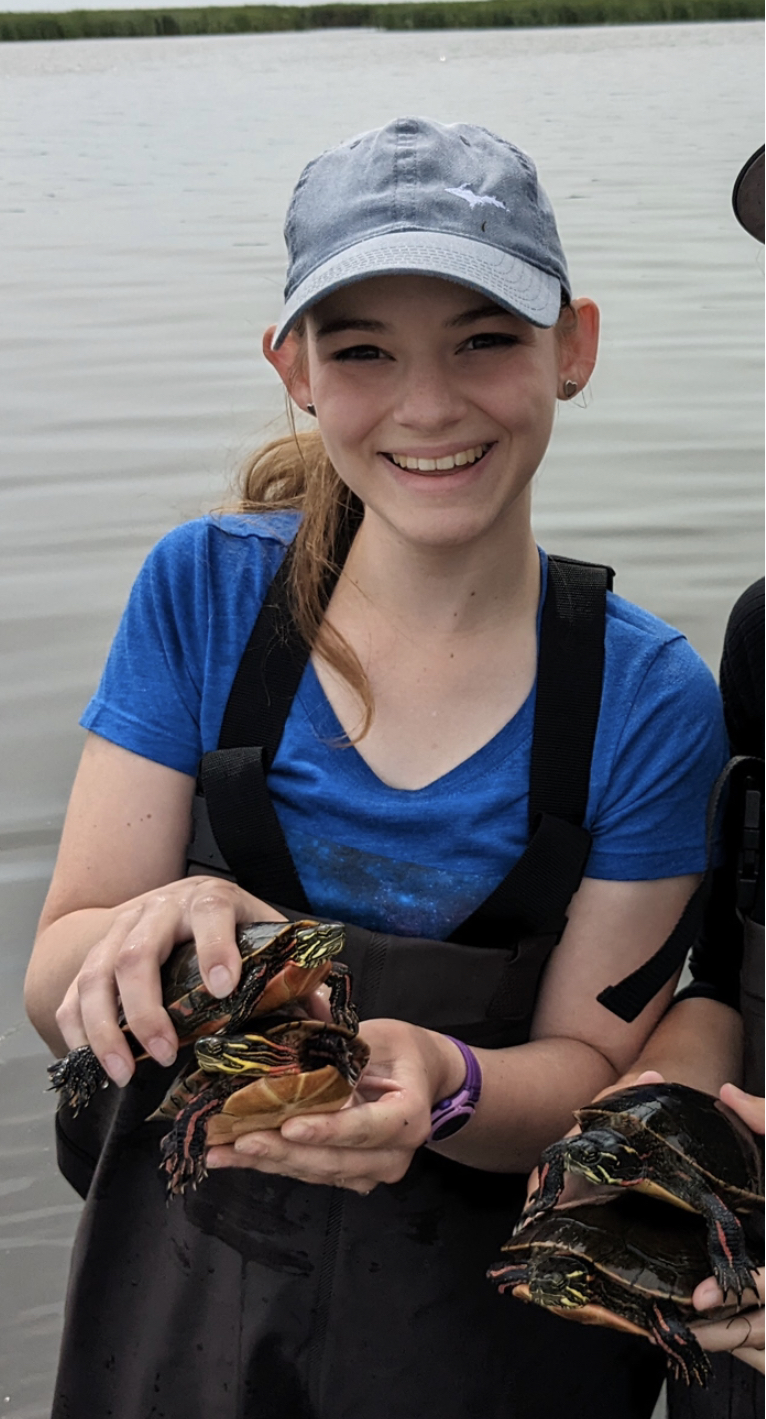
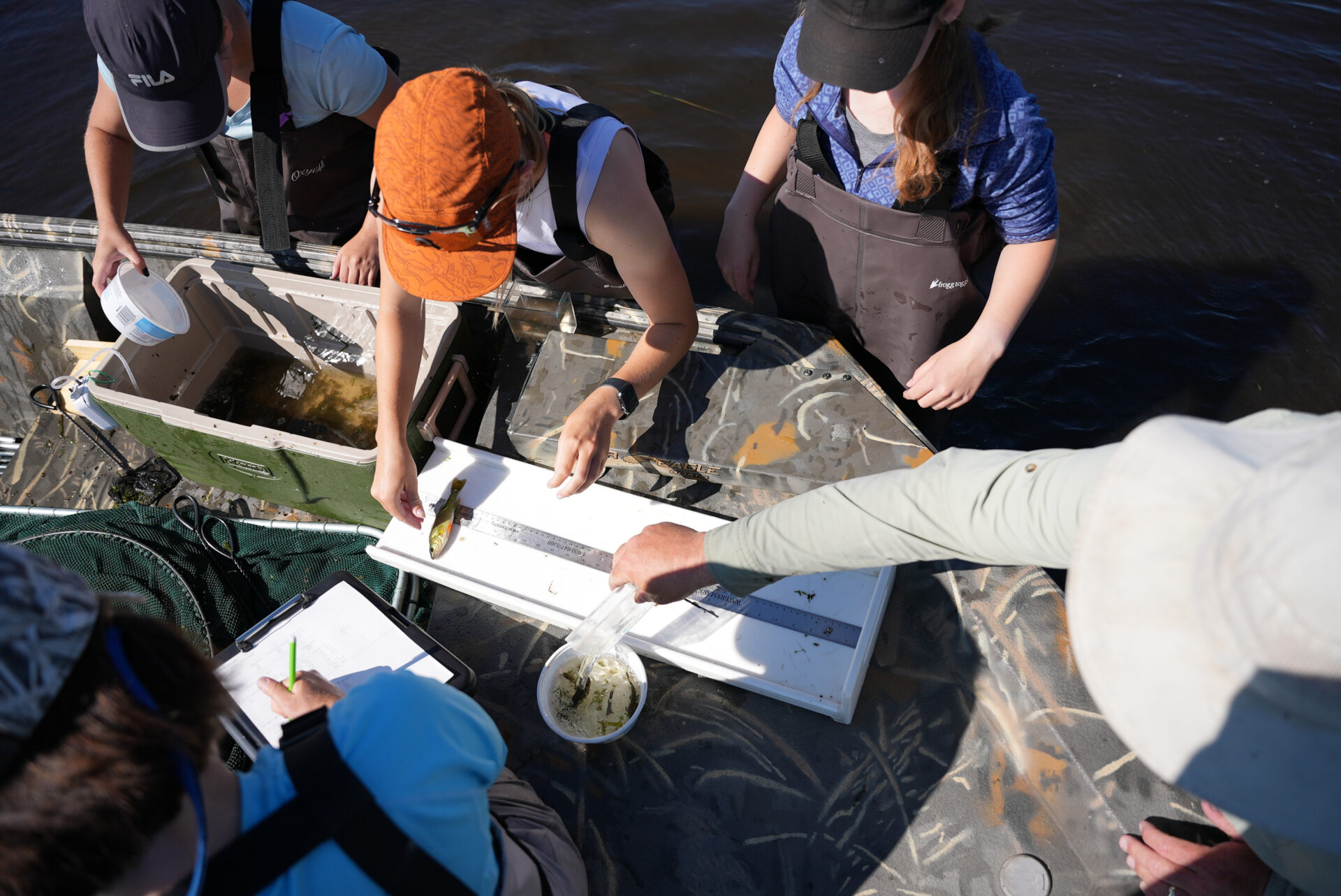

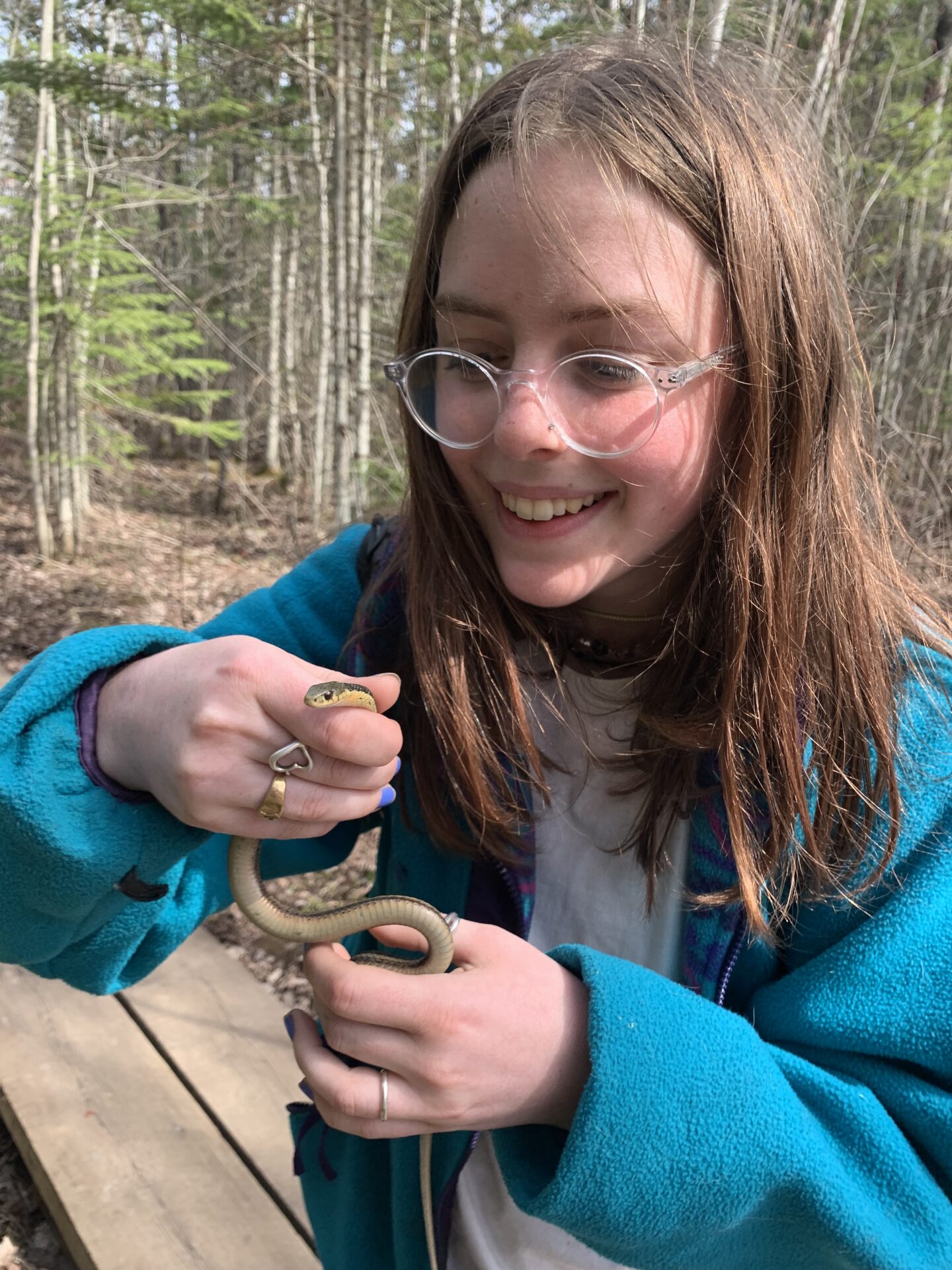
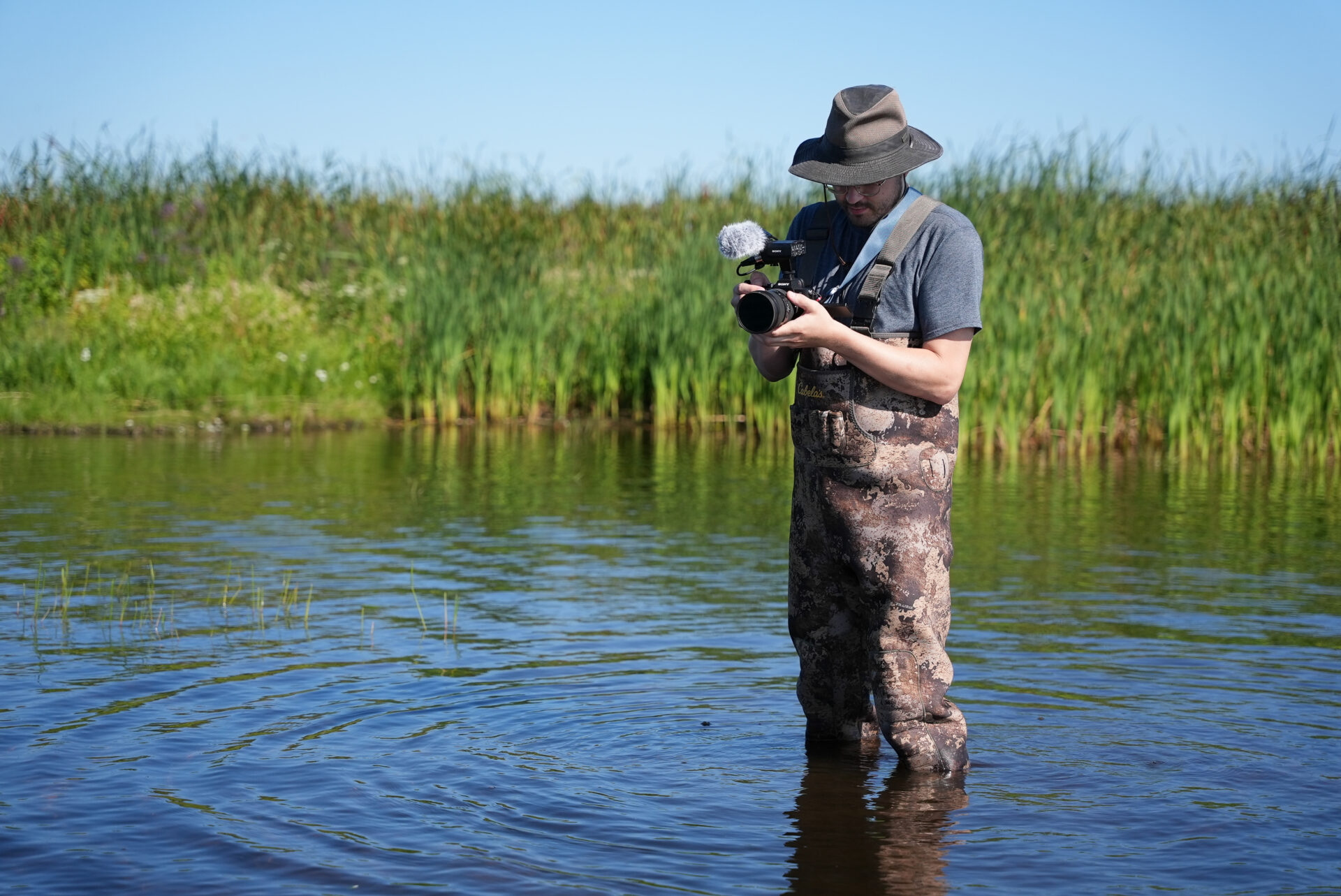
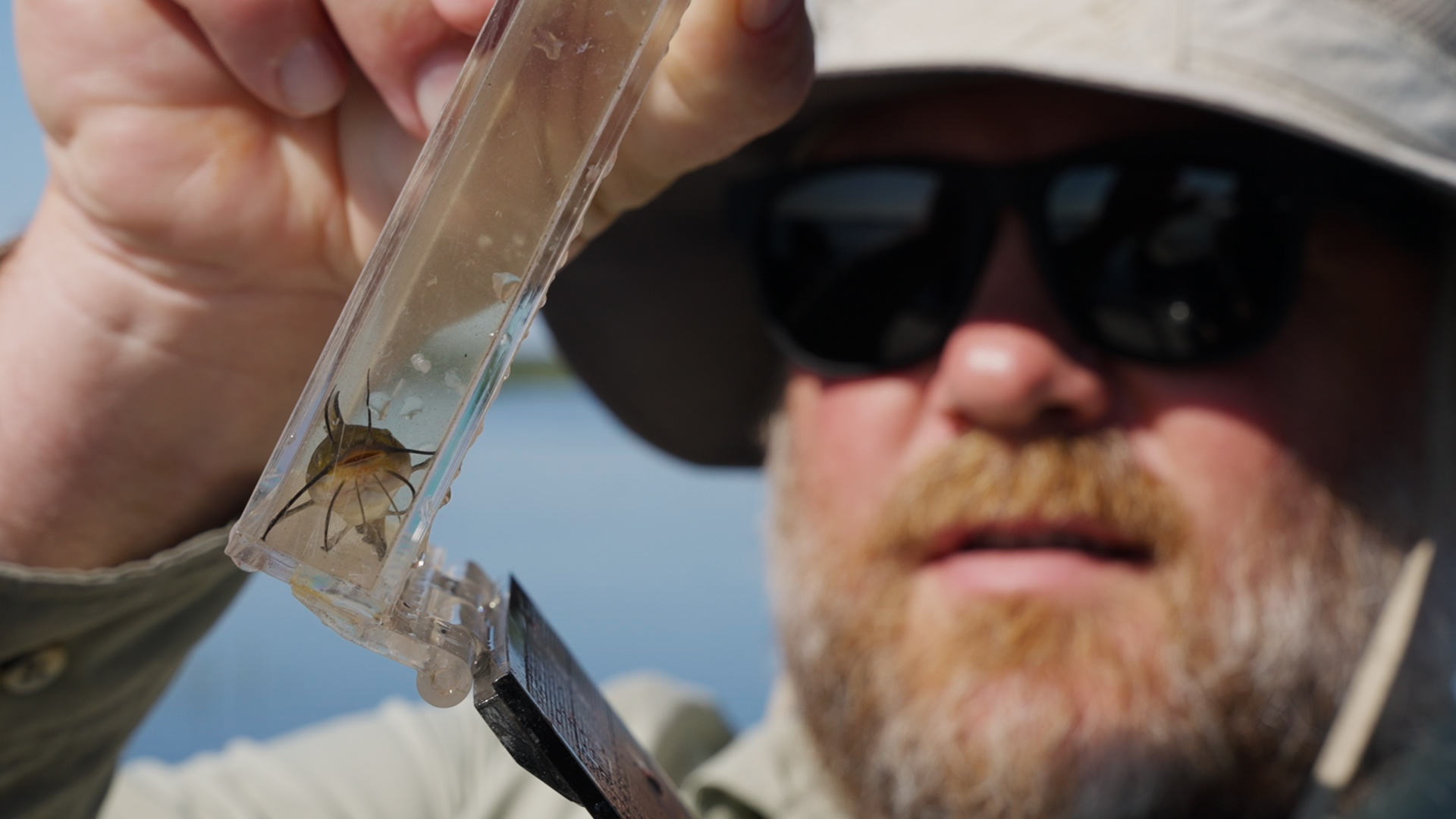
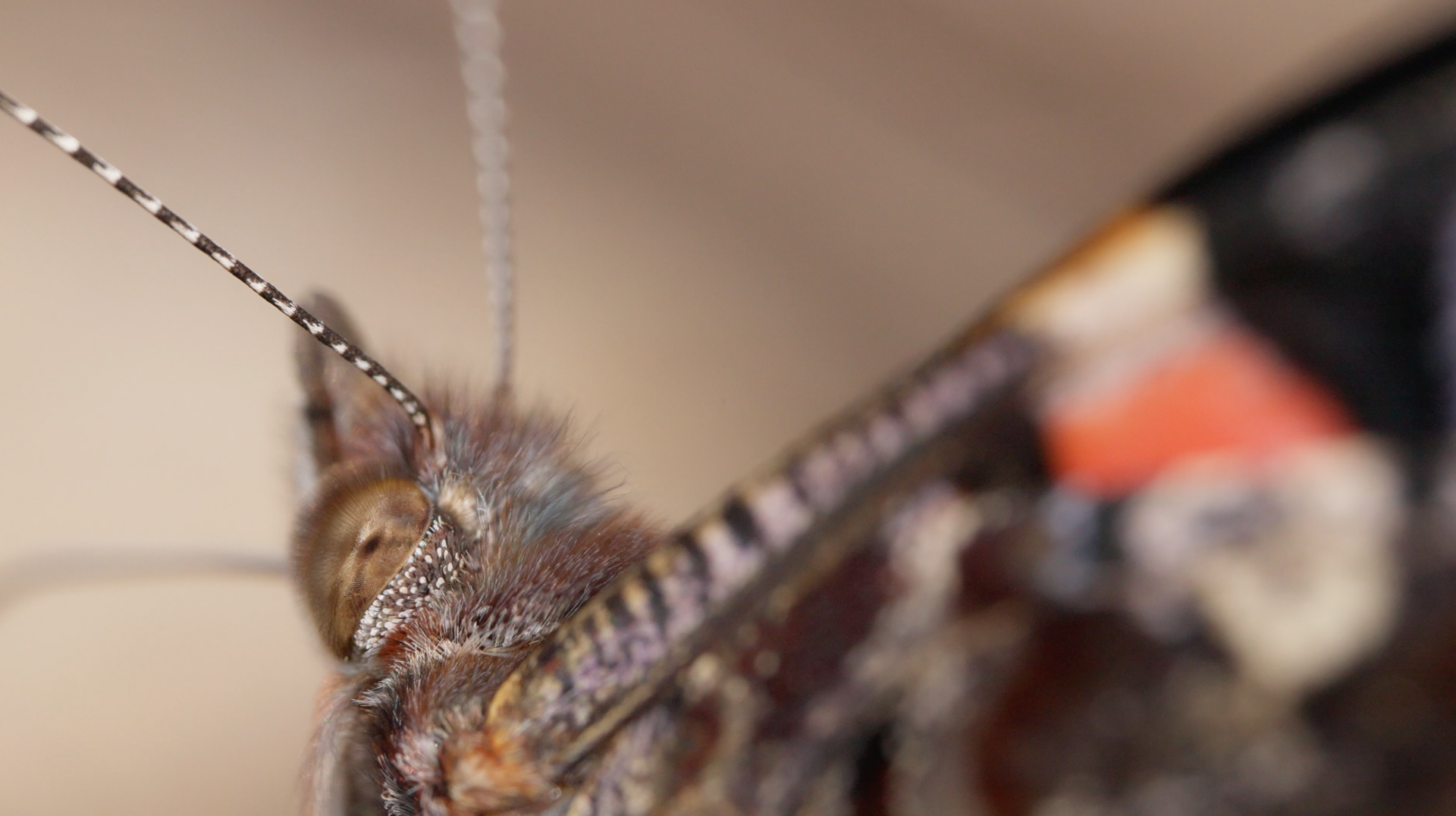
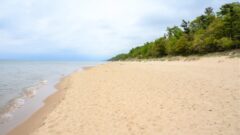
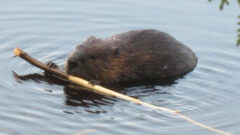
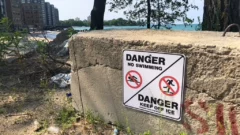
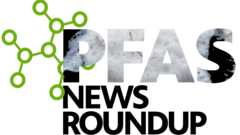
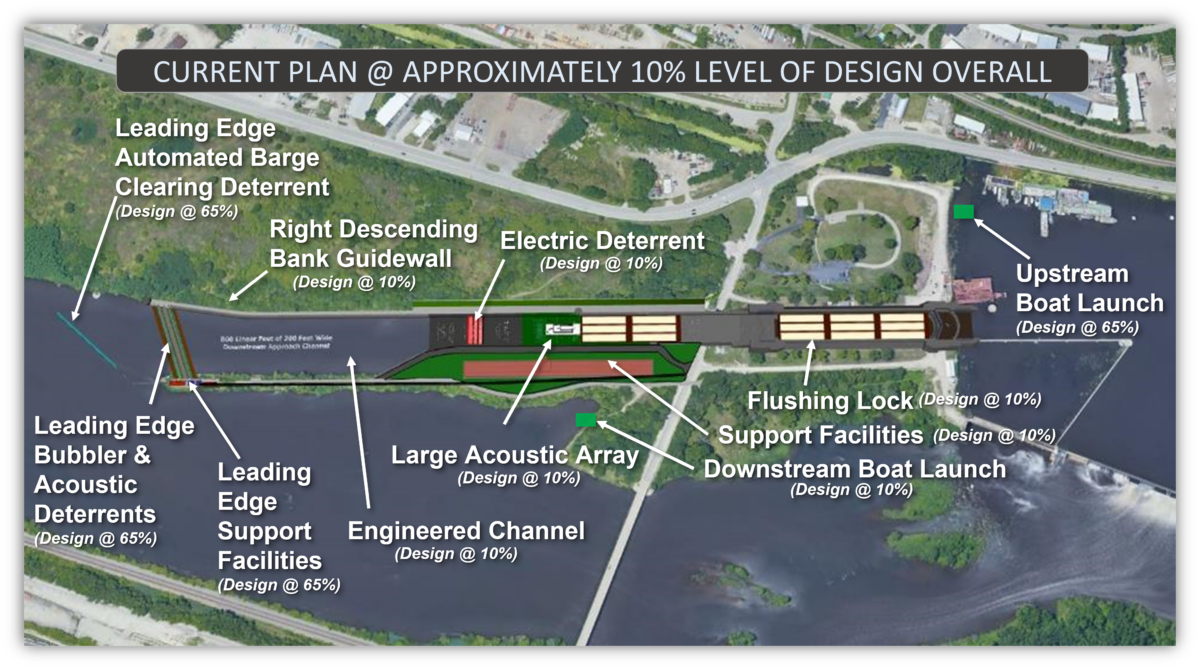
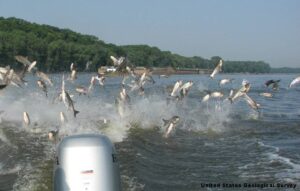
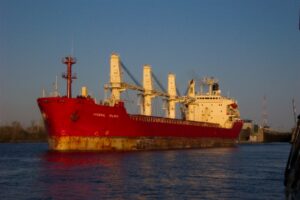
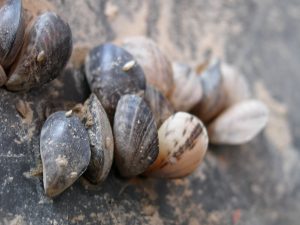
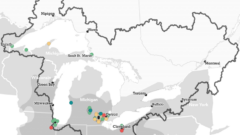

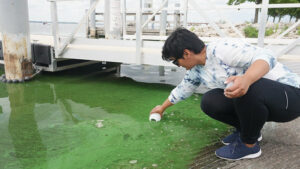
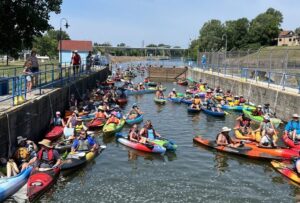 It’s one of the most colorful and fun events of the year: the Northeast Wisconsin Paddlers cruise through the Appleton locks. The event is for adults and kids, but only open to non-motorized kayaks and canoes. The date is Saturday, Aug. 26 with a launch from Appleton’s Lutz Park and a paddle through the four Appleton locks to Sunset Park in Kimberly. Fees are adults $15, Northeast Wisconsin Paddlers members $10, and children under 16 are free when accompanied by an adult.
It’s one of the most colorful and fun events of the year: the Northeast Wisconsin Paddlers cruise through the Appleton locks. The event is for adults and kids, but only open to non-motorized kayaks and canoes. The date is Saturday, Aug. 26 with a launch from Appleton’s Lutz Park and a paddle through the four Appleton locks to Sunset Park in Kimberly. Fees are adults $15, Northeast Wisconsin Paddlers members $10, and children under 16 are free when accompanied by an adult.